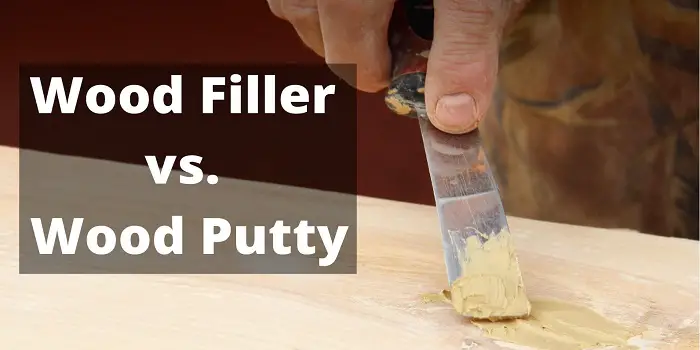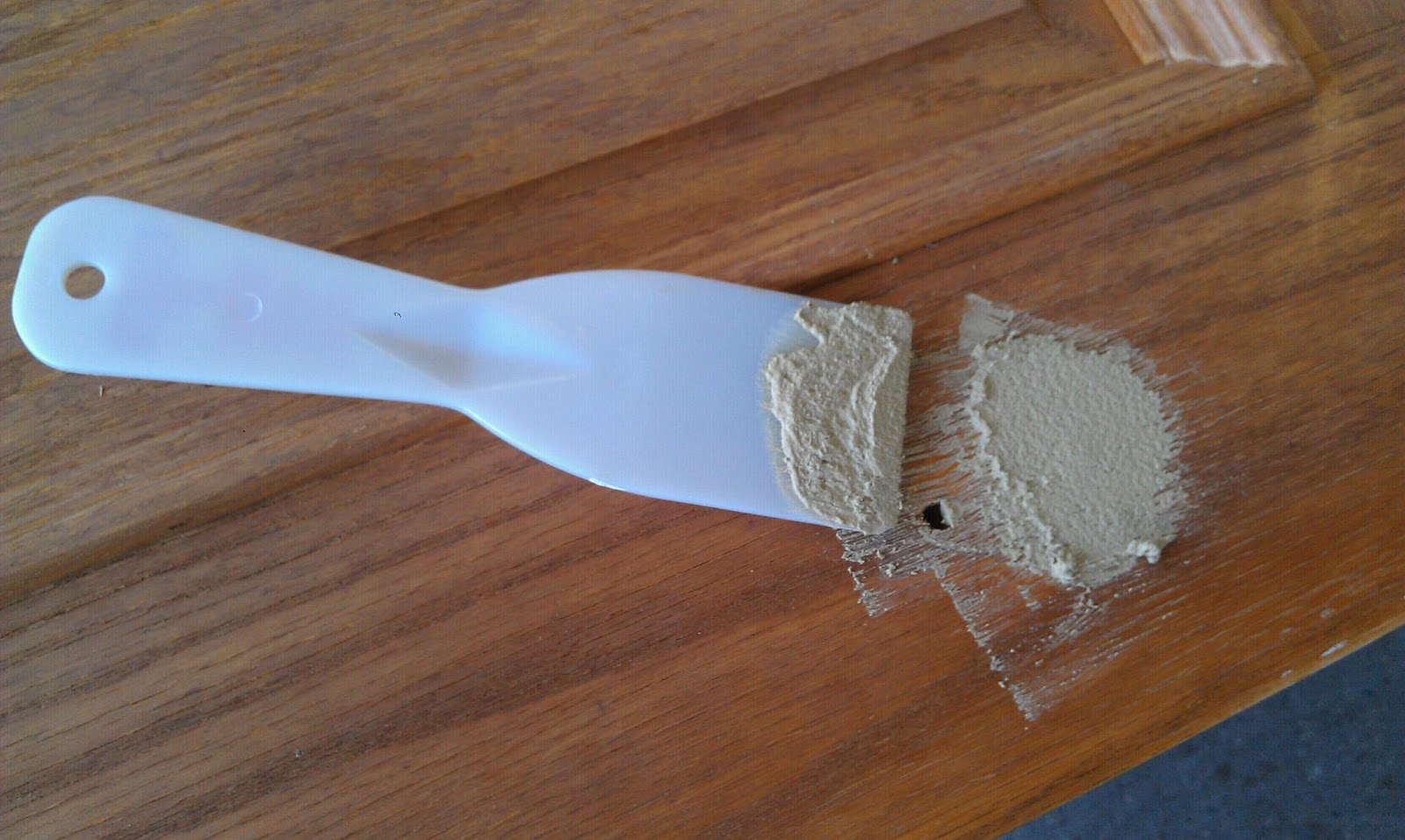

The thickness can remind you of heavy syrup! It’s enough to go into pores and grain lines, then dry hard. If you’re working with open grains, you use those kinds of fillers and prepare to finish. They can dry harder, and you want to go for those formulas if you have particularly large gaps. If you don’t want to buy something pre-colored, you can look for stains to camouflage the filler. The formula usually has different colors to complement all kinds of wood. It’s one crucial advantage and disadvantage is its variety. Though not much like dough, fillers are still pliable to the point of feeling like rubber. Wood Filler Formula: Unlike putty, fillers come in tubes. Depending on your choice of work, you can use some inside, too. If you’re looking to save time, consider that variant.

Water-based fillers are much easier to clean up. However, its visibility depends on your application. It can tolerate some stains and is okay to paint. Plus, it has natural wood fibers you can choose to match your wood species at home. The solvents in putty enable it to resist shrinkage. Many brands recommend hardeners to mix with the putty for a more durable result. Once you get it onto your woodworking equipment, you might find that its texture feels a lot like stiff dough.ĭepending on the brand, it can dry quickly or slowly.

Whichever your buy, putty will usually come in a can. Wood Putty Formula: Wood putty can either be solvent-based or water-based. Experiment with the filler-stain proportion so you know your best fit. It can be a bit harder to match wood tones with fillers. If you don’t mind mixing and matching stains so your filler is invisible, go for it. Organic wood fillers won’t cause damage, while wood putty can damage raw wood once sanded. Some wood fillers can dry faster, so if you’re on a time constraint, you can use them as well. It’s for good reason, too – wood filler can break and shrink! Indoor wood isn’t exposed to temperature and humidity fluctuations, so it won’t expand and contract. Wood Filler Applications: For large gaps and holes in your indoor wood, use wood fillers. Use it for nail holes and trimming mismatches. If you have excess wood putty and need to cover up minor imperfections, it’s also perfect for small blemishes. Constant climate fluctuations are what make wood expand and contract! Having exterior wood just makes them more susceptible to breakage. If you live in an area where temperature and humidity changes are constant, get wood putty. So, whenever wood contracts and expands, it does, too. Wood Putty Applications: We recommend wood putty for exterior wood projects. Major Differences Between Wood Filler & Wood Putty Applications You can get paint that matches the wood tones much better, and control the finish as well. On the flip side, you can apply the putty first before any finishes or stains. Unlike wood putty, wood fillers might need adhesives as they’re not sealants on their own. Plus, the wood can expand and contract, and if your filler shrinks, it will break easily. When you leave the filler, it might damage when placed outside. They can shrink easily and won’t resist moisture. However, unlike wood putty, you can only use some wood fillers for interior use.

Some fillers are more durable and can withstand heavy impact. If you want something stainable, or if you need a filler you can paint, you can choose one, too. If you need something just for small holes and surface damage, you can go for latex. You can get the one wood filler for your unique needs.įor example, if you need something that dries up quickly, you can go for polyester paste. The best thing about wood fillers is that it comes with a lot of varieties. So, if there’s an urgent need, you can go for wood fillers. Unlike wood putty, however, it’s much quicker. Wood filler can dry as quickly as 10 to 15 minutes, while some can take as long as 8 hours. Wood fillers come in latex, epoxy, polyester, powder, and pastes.
#WOOD PUTTY VS WOOD FILLER PATCH#
You can patch up anything from small holes to large gaps. Their purpose is the same: to fix up damage on wood surfaces. Like we mentioned above, wood putty is simply a kind of wood filler. Solvent-based putty is more heavy-duty and has actual wood, so it’s more reliable for whatever damage there is on the surface. However, it is environmentally friendly and easy to clean! Water-based putty can shrink more and take a longer time to dry. If you want something that dries faster, you can use solvent-based putty. Smooth the putty after applying it, and try to make the finish as invisible as possible. Apply wood putty only after staining and varnishing it. Take extra care when dealing with raw wood. For example, sanding can ruin the wood quickly. Wood putty is also susceptible to a lot of damage.


 0 kommentar(er)
0 kommentar(er)
